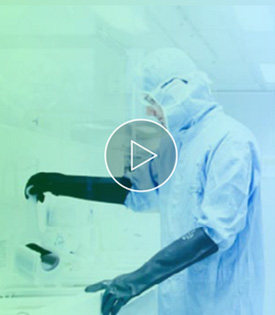Excitatory Amino Acid Transporters (EAATs) are membrane-bound proteins that are localized in glial cells and pre-synaptic glutamatergic nerve endings. EAATs transport the excitatory neurotransmitters L-glutamate and D-aspartate, a process that is essential for terminating the postsynaptic action of glutamate. The re-uptake of amino acid neurotransmitters by EAAT proteins has been shown to protect neurons from excitotoxicity, which is caused by the accumulation of amino acid neurotransmitters. EAAT4 is an aspartate/glutamate transporter that is expressed predominantly in the cerebellum. The transport activity encoded by EAAT4 has high apparent affinity for L-aspartate and L-glutamate, and has a pharmacologic profile consistent with previously described cerebellar transport activities. EAAT5 is a glutamate transporter coupled to a chloride conductance which is expressed primarily in retina. Although EAAT5 shares the structural homologies of the EAAT family, a novel feature of the EAAT5 sequence is a carboxy-terminal motif previously identified in N-ethyl-D-aspartate receptors and potassium channels and shown to confer interactions with a family of synaptic proteins that promote ion channel clustering.
Recommended Dilutions: Flow Cytometry: 1:20-100; IF(IHC-P): 1:50-200
Type: Primary
Antigen: SLC1A6
Clonality: Polyclonal
Clone:
Conjugation: Alexa Fluor® 555
Epitope:
Host: Rabbit
Isotype: IgG
Reactivity: Human, Mouse, Rat
